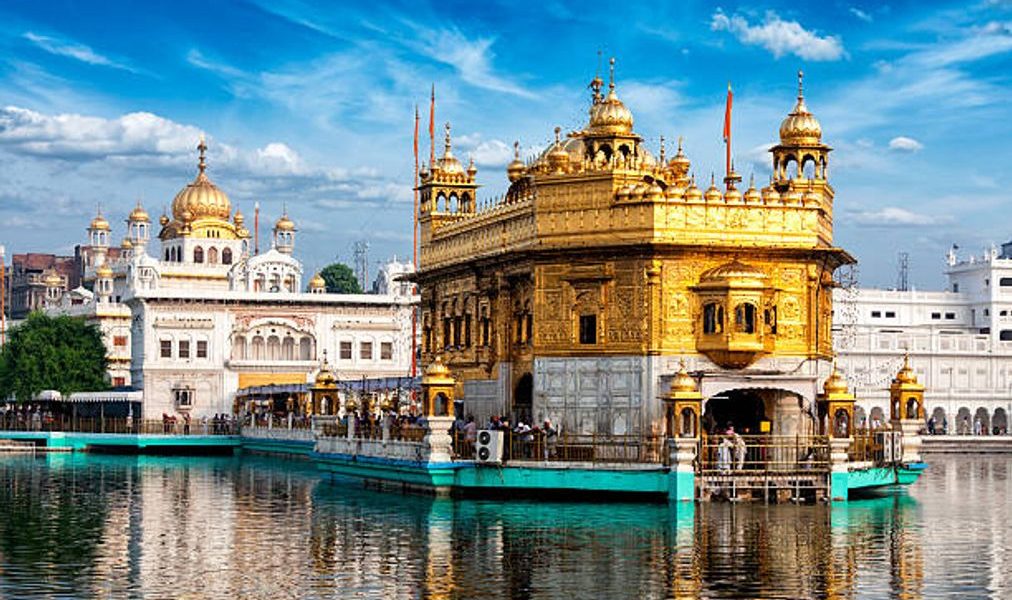kilkennybookcentre.com – The Golden Temple, known as Harmandir Sahib, is a significant religious and cultural landmark located in Amritsar, Punjab, India. It stands as a symbol of spiritual and historical importance for the Sikh community worldwide. This article explores the temple’s architecture, history, and its role in modern-day society.
Historical Background
The Golden Temple was founded by Guru Arjan, the fifth Sikh Guru, in the late 16th century. It was constructed in the midst of a sacred pool, Amrit Sarovar, which was developed by Guru Ram Das, the fourth Sikh Guru. The temple has witnessed numerous historical events and has been a focal point for the Sikh community, including during periods of conflict and peace.
Architectural Marvel
The architecture of the Golden Temple combines elements of both Hindu and Islamic styles, reflecting the inclusive nature of Sikhism. The temple is adorned with gold-plated panels and a golden dome, which are its most striking features. The central shrine is surrounded by a large pool of water, which adds to its serene ambiance. The temple complex also includes the Akal Takht, a significant seat of authority in Sikhism.
Spiritual Significance
The Golden Temple is the holiest gurdwara for Sikhs, serving as a place for prayer and reflection. It is open to people of all faiths, embodying the principles of equality and humility. The temple hosts the Guru Granth Sahib, the primary scripture of Sikhism, and is a place where kirtan (devotional singing) is performed continuously.
The Langar Tradition
One of the most remarkable aspects of the Golden Temple is its langar, a community kitchen that serves free meals to thousands of visitors every day, regardless of their background. This practice highlights the Sikh principles of community service and equality.
Modern-Day Role
Today, the Golden Temple continues to be a vital center for spiritual and cultural gatherings. It attracts millions of pilgrims and tourists from around the globe, who come to experience its spiritual ambiance and cultural richness. The temple plays a crucial role in promoting the values of Sikhism and serves as a symbol of peace and harmony.
Conclusion
The Golden Temple is not just a place of worship but a beacon of spirituality and inclusivity. Its rich history, stunning architecture, and profound spiritual significance make it a must-visit destination for anyone interested in exploring India’s diverse religious landscape.




